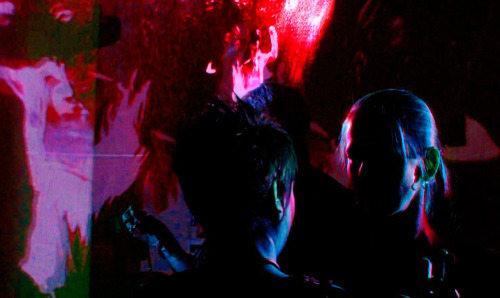Intentionality and Tango The term intentionality refers to the »philosophy of mind« by Brentano and the speech-act theory of Searle. Human interaction requires perception - the mental ability to notice, decode and interpret actions of the social environment to create intentionality as its mental representative. Intentionality designates the mental presence of objects and actions of the »real« world on the one hand, on the other hand it ́s not only a passive reflection of the concrete world but an active intervention on it motivated by action intentions. In Tango the action intention appears as an subjective imagination of dancing figure sequences. Due to the absence of verbal communication the collective intentionality of a couple becomes apparent in a body language expressed by steps sequences, turns of the torso or the subtle use of arm movements by the »closed embrace«. »the flow of sound, music and dance, for example, has striking resemblances to the flow of meaningful human discourse.« Erkki Soininen,
http://www.erkkisoininen.fi/aestetic.php Intentionality and Vintage Tango The dancing language of the traditional Tango is a closed dialogue curcuit with a classical sender-receiver-model of (male) leaders and (female) followers. The dancing intentionality primarily refers to a sclerotic pool of dancing figures (and their framework conditions), which dancers acquired through long-time exercises in workshops and »practicas«. This collective communication system is an indespensible prerequisite for the development of intentionality. The learning process is supported by framework conditions like the hierarchically dancing roles of leaders and followers, the closed embrace and the dancing circle on the dance floor. Intentionality and Neotango The dancing concept of Neotango turns its back on this restrictive set of dancing regulations and replaces it with a system of free improvisation. Instead of following a predefined arsenal of figures a permanent sender- sender feedback process creates impulses of movement. Additionally the dancing repertoire expands to free-flowing, multi-facetted meshes of moves by integrating contemporary dance concepts like Contact Improvisation, Butoh, Modern…

